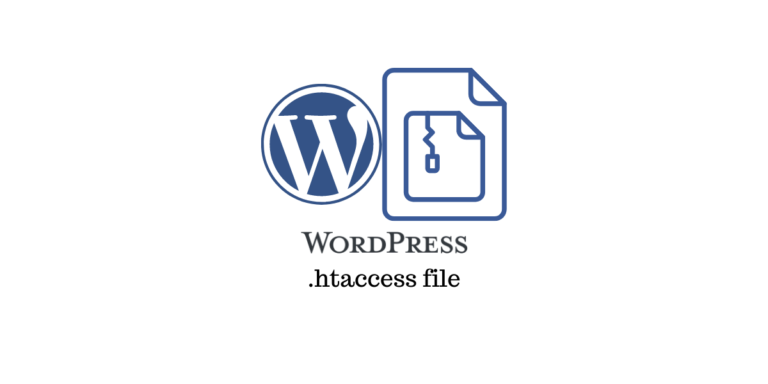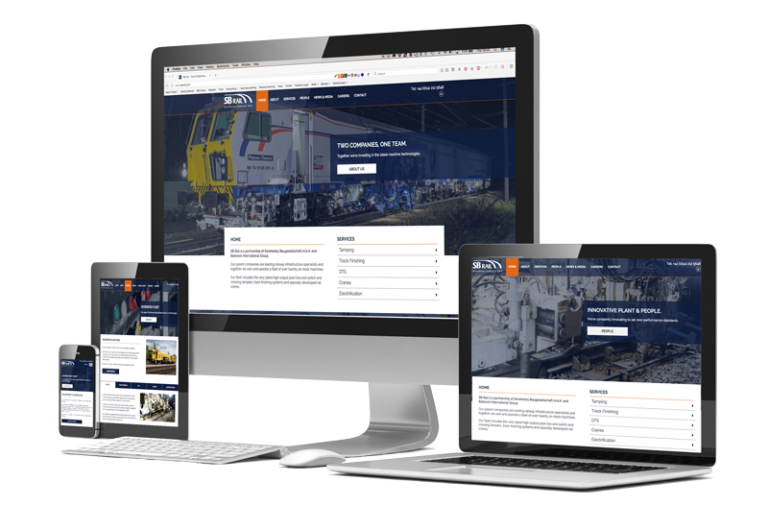


WordPress is one of the most popular content management systems, powering millions of websites worldwide. However, with its widespread use, it becomes an attractive target for malicious actors. To safeguard user data and protect against potential security breaches, WordPress employs a mechanism known as “Salt Keys,” we will explore what Salt Keys are, their significance in WordPress security, and how to change them to enhance the protection of your WordPress site.

Salt Keys, also referred to as Security Keys or Secret Keys, are random cryptographic values used to add an extra layer of security to data stored in user cookies and passwords in WordPress. They play a vital role in securing user sessions, preventing unauthorized access, and mitigating the risk of brute force attacks.
Hashing Passwords: When a user creates an account or changes their password, WordPress uses Salt Keys to generate a unique hash value for the password. This hashed value is stored in the WordPress database instead of the actual password, making it challenging for attackers to retrieve the original password even if they gain access to the database.
Securing User Cookies: Salt Keys are also used to encrypt user cookies. This ensures that the data stored in cookies, such as user authentication details, remain unreadable and tamper-proof, reducing the risk of session hijacking.
Salting Nonces: Nonces are random tokens generated by WordPress to prevent CSRF (Cross-Site Request Forgery) attacks. Salt Keys are used to add an extra layer of security to these nonces, making it more difficult for attackers to forge malicious requests.
While WordPress generates and sets unique Salt Keys during the installation process, it is essential to periodically change these keys to maintain a high level of security. Here’s why:
Mitigating Security Risks: If an attacker manages to obtain the existing Salt Keys, they could potentially decrypt sensitive data, including user passwords and cookies. Regularly rotating Salt Keys minimizes this risk, as the decrypted data becomes obsolete with the change.
Preventing Persistent Threats: Sophisticated attackers may gain unauthorized access to a WordPress site without leaving any immediate traces. By changing Salt Keys, administrators can thwart such persistent threats, forcing attackers to start from scratch if they want to breach the site again.
Complying with Best Practices: Cybersecurity best practices recommend periodic key rotation to reduce the impact of potential security breaches. Changing Salt Keys is a simple yet effective measure to align with these industry standards.
Changing Salt Keys in WordPress is a straightforward process that can be completed in a few steps:
Step 1: Log in to your WordPress Dashboard as an administrator.
Step 2: Navigate to the “wp-config.php” file located in the root directory of your WordPress installation.
Step 3: Look for the lines in the file that define the existing Salt Keys. These lines look like the following:

Step 4: Generate new, random values for each of the four keys. You can use online generators or WordPress’s official Salt Key generation tool to create secure keys.
Step 5: Replace the existing values with the newly generated ones.
Step 6: Save the “wp-config.php” file, and you’re done! Your WordPress site now has updated Salt Keys, enhancing its security.
Salt Keys are a crucial aspect of WordPress security, safeguarding user data and protecting against potential threats. By periodically changing these keys, website administrators can minimize the risk of data breaches, session hijacking, and other security-related issues. Taking a proactive approach to enhancing WordPress security through regular Salt Key rotation ensures a safer online experience for both website owners and users alike.

The .htaccess file is a powerful configuration file used by the Apache web server to control various aspects of a website. In the context of WordPress, the .htaccess file plays a crucial role in enhancing website performance, security, and search engine optimization. However, due to its sensitive nature, it is susceptible to corruption and can…

Building a great business website is an important step in establishing your online presence and attracting customers. Here are some tips to help you create a successful business website: By following these tips, you can create a great business website that attracts and engages your target audience, drives traffic and sales, and helps you achieve…
In today’s digital era, having a strong online presence is crucial for the success of any small business. A well-designed and functional website serves as a virtual storefront, allowing businesses to reach a broader audience, establish credibility, and drive growth. However, small businesses often face unique challenges when it comes to web development. In this…

In the latest episode of The Web & Design Workshop, we explored the fascinating world of user interface (UI) design, where aesthetics meet functionality to create unforgettable user experiences. If you’ve ever wondered how top brands like Apple, Google, and Airbnb craft intuitive designs that captivate and retain users, this episode is your ultimate guide….

In today’s digital age, having a strong online presence is crucial for the success of any business. A well-designed and user-friendly website can be a powerful tool to attract customers, showcase products or services, and drive sales. When it comes to building a business website, WordPress has emerged as a popular and versatile platform, providing…

Malware can be a frustrating and harmful issue for any website owner, especially if you are using WordPress, one of the most popular content management systems on the internet. A malware infection can lead to compromised security, loss of sensitive data, and damage to your website’s reputation. However, there’s no need to panic. In this…